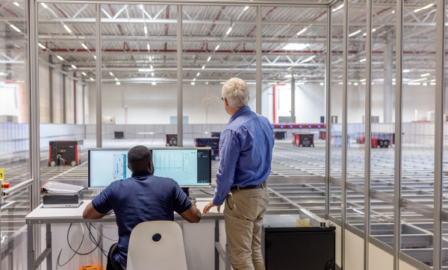Real-Time S&OP in Consumer Products
The consumer products industry is a challenging and complex environment. The ultimate goal is profit and the ultimate plan to profitability requires cross-functional consideration. Recent advancements in technology can now enable solving complex optimization models in real-time. These advancements in technology have changed the game for analytics and real-time end-to-end supply chain optimization. This is the next generation of the S&OP process.
The Analytics Game Has Changed
We are now able to execute advanced analytics models with millions of variables and constraints in a reasonable time frame—minutes versus weeks. Optimal application of operations research theory has been constrained throughout the years due to the lack of processing power required to execute large models that represent current business environments. In the past, large, complex models could take weeks to solve, or would not be solvable at all. Due to globalization, both supply chains and the algorithms to model the supply chain are becoming even more complex. However, the advent of faster processors, faster I/O, and increases in storage capability in recent years is an analytics game changer.
It’s About Profitability
Companies should not focus on how to improve the demand plan or the supply plan, but rather how to plan and execute to maximize profit. Most current supply chain solutions are focused in silos of functionality. Inventory optimization, network distribution optimization, price optimization, and transportation optimization are just a few examples of functions that have been addressed using true operations research theory and optimization models. These represent point solutions that are sometimes pieced together, but not truly integrated and not end-to-end. Consequently, there exists a group of sub-optimized solutions that provide ideal results within their silos but fail to produce comparable results when considering impacts across maximize the entire supply chain. The best planning decisions are enabled by solving optimization problems. The ultimate plan cuts across all supply chain functions, which requires simultaneous adjustments to supply and demand, and logistics levers to provide the best return for the company. What if the following questions could be answered in real-time during an executive S&OP meeting?



